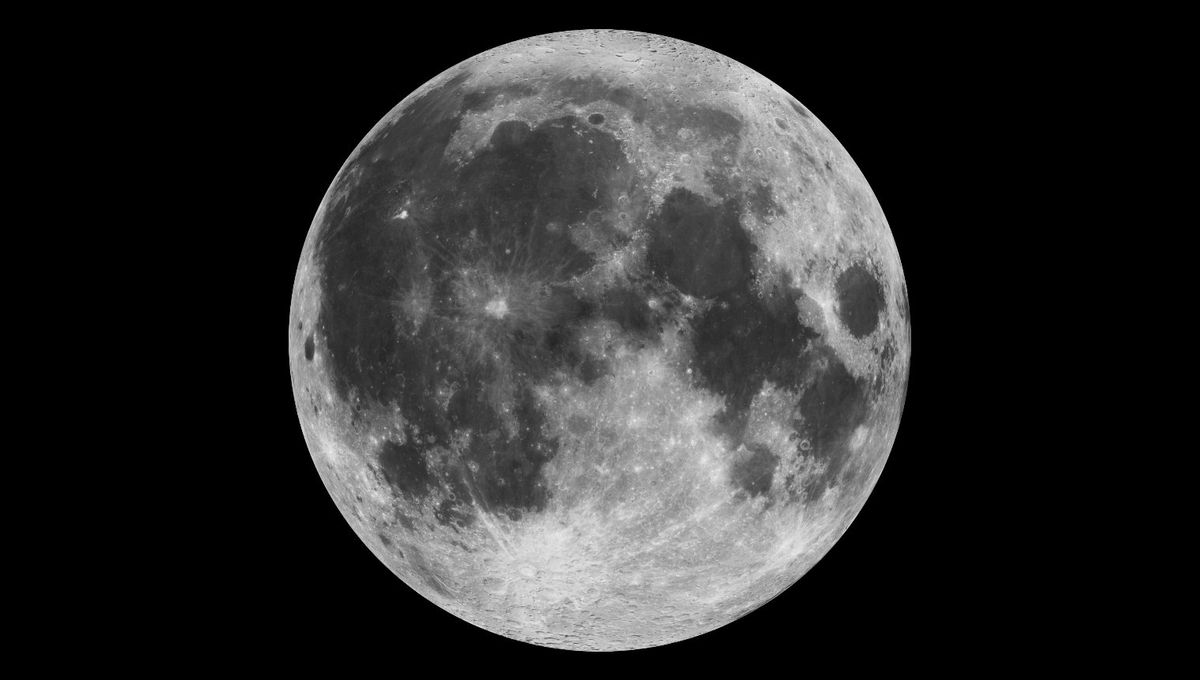
In August 2023, India became the fourth nation to successfully soft-land on the Moon, putting a lander close to the lunar South Pole, an area of great interest for future human exploration. Chandrayaan-3’s rover Pragyan conducted multiple observations of the terrain around the landing site, and it revealed some very important insights: for example, the Moon might have had a global magma ocean billions of years ago.
Rock samples at the equator of the Moon from NASA’s Apollo 16 mission and the then-Soviet Luna-20 mission have been characterized in detail. The chemical analysis from 23 different sites conducted by Pragyan found that the chemical composition of the site around Chandrayaan-3’s Vikram lander is in the middle, between the Apollo 16 and Luna-20 samples.
Given the similar chemical composition of samples that are thousands of kilometers apart, it makes sense to consider a consistent origin for all of them. The idea is that the Moon was molten for maybe several tens of millions of years – if not longer – after its formation. As this ocean of magma began cooling down, solids started to form. These solids were denser than the surrounding magma, so they sunk.
What remained at the top when the Moon finally solidified were lighter minerals, and this is why these are found in multiple locations across the lunar surface. Among the less dense minerals, there is the ferroan anorthosite, which would have floated on the ancient magma ocean.
The heavier materials sunk to form the mantle of the Moon and most of that material is inaccessible to us – but not all. At least, this is what is believed. The research authors also found evidence of magnesium minerals that should have definitely sunk in the primordial magma ocean. The reason why it is on the surface? The South Pole–Aitken impact.
The South Pole-Aitken Basin formed around 4 billion years ago when a colossal object slammed into the Moon. That object sunk into the region (there is a massive structure under the basin) and the force of the impact likely caused another global magmatic event. That’s not all – it likely threw a portion of the lunar mantle into the open.
The Chinese mission Chang’e 6 landed a few months ago there and collected samples from within the South Pole-Aitken Basin. Hopefully, in the lunar material, there will be more insights into the intriguing past of the Moon.
The paper is published in the journal Nature.
Source Link: The Magma Ocean On The Moon Hypothesis Given Credence By Indian Lunar Probe